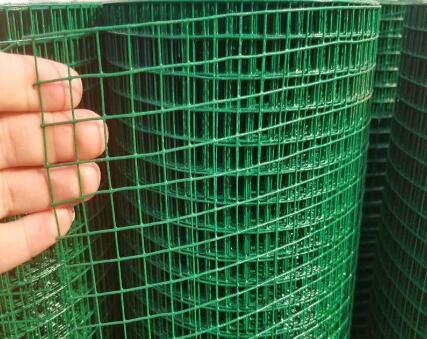Understanding Wire Mesh Gauge to Millimeters Conversion
Wire mesh is a versatile material used in various applications, including construction, automotive, arts and crafts, and landscaping. One of the important aspects of wire mesh is its gauge, a numerical measurement that indicates the wire's diameter. The gauge of wire mesh can significantly affect its strength, flexibility, and suitability for different purposes. However, these gauge numbers can be confusing, especially when converting them into millimeters. This article aims to clarify the relationship between wire mesh gauges and their equivalent measurements in millimeters.
What is Wire Mesh Gauge?
The gauge of wire is a standard measurement system used to quantify the diameter of the wire used in the mesh. The gauge size usually follows either the American Wire Gauge (AWG) or the Standard Wire Gauge (SWG) system. While the concepts are similar, the actual measurements will differ between systems.
In general, as the gauge number increases, the diameter of the wire decreases. For example, a 10-gauge wire is thicker (approximately 2.59 mm) than a 20-gauge wire (approximately 0.81 mm). This inverse relationship can lead to confusion, particularly for those new to working with wire mesh.
Converting Gauge to Millimeters
To convert wire gauge measurements to millimeters (mm), it's essential to use the appropriate conversion tables or formulas. Various resources are available online that provide these conversions for different gauge systems.
For example, the conversion for American Wire Gauge (AWG) can be calculated using the formula \[ \text{Diameter in mm} = 0.127 \times 92^{((36 - \text{Gauge}) / 39)} \]
While for the Standard Wire Gauge (SWG), there are specific standard values associated with each gauge number, often documented in tables
.wire mesh gauge to mm

Here are some common wire gauges converted to millimeters for quick reference
- 10 AWG Approximately 2.59 mm - 12 AWG Approximately 2.05 mm - 14 AWG Approximately 1.63 mm - 16 AWG Approximately 1.29 mm - 18 AWG Approximately 1.02 mm - 20 AWG Approximately 0.81 mm
Importance of Wire Diameter
Understanding wire diameter is crucial because it affects the mesh's overall strength and durability. For instance, thicker wires (lower gauge numbers) can withstand more pressure and strain, making them suitable for heavy-duty applications, such as construction or industrial uses. Conversely, thinner wires (higher gauge numbers) may be more appropriate for lighter applications, like crafting or delicate fencing, where flexibility may be more critical than strength.
Practical Applications
When selecting wire mesh for a specific application, it's essential to consider not only the gauge but also the mesh size, the material from which the wire is made (such as stainless steel, aluminum, or galvanized steel), and the intended use. For example, a wire mesh meant for a garden may require different specifications than one used in a security application.
Conclusion
The gauge of wire mesh, when converted into millimeters, plays a significant role in determining its appropriateness for a specific application. Understanding and accurately converting wire gauge to millimeters provides a clearer picture of the material's specifications, ensuring it meets the necessary requirements for strength and durability. Whether you are a DIY enthusiast or a professional in construction or manufacturing, having a firm grasp of wire mesh gauge conversion will enable you to make informed decisions based on your needs.
In conclusion, wire mesh gauge to mm conversion is not just a simple numerical task but an essential part of selecting the right material for your project, influencing both performance and safety.

















